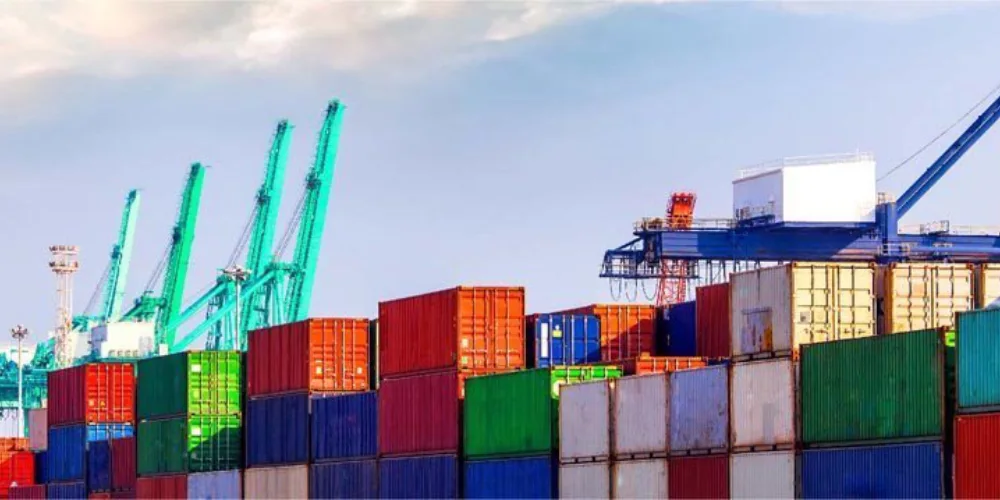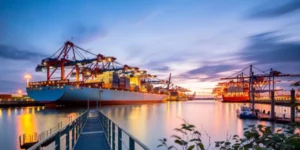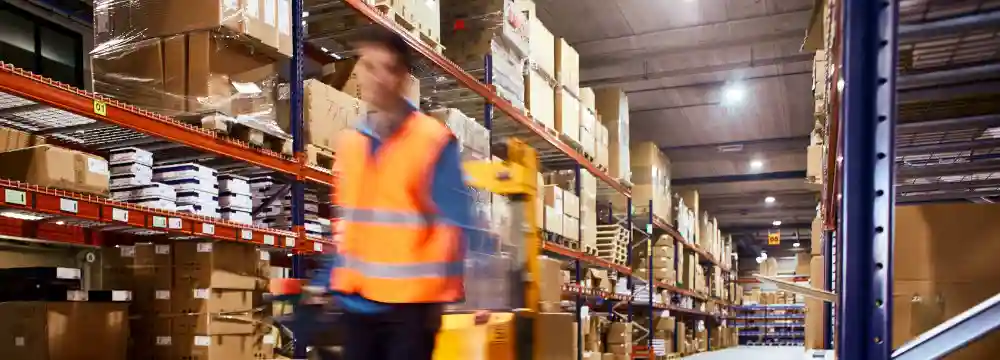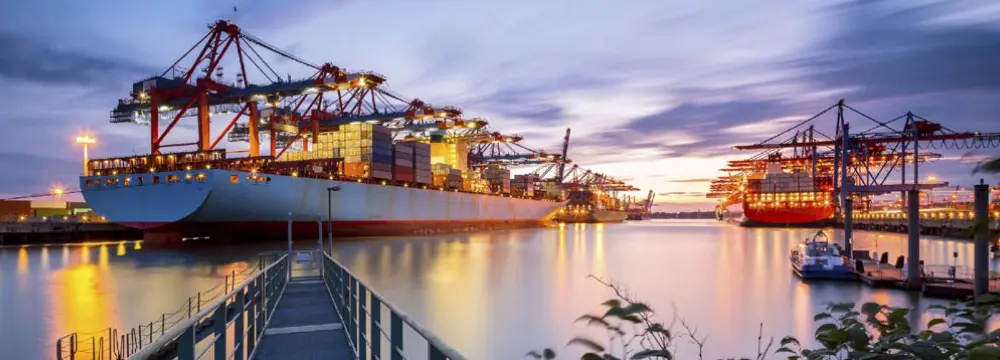The balance of trade is ultimately the discrepancy in the level of a countries exports and imports. A country importing more than it exports has a trade deficit—highlighting its reliance on the external economy. A negative balance of trade ties a nation’s currency more directly to foreign nations which may lead to negative external shocks if foreign countries decide to immediately divest from that country.
Conversely (where exports exceed the imports), a trade surplus occurs. However, this in itself can cause structural problems in the economy.
China’s Trade Surplus Problem
With the current positive balance of trade, China’s trade surplus is $600bn (also apparent in terms of trade—the percentage of China’s imports and exports data) with an increasing tendency over the last 5 years. An overview about China’s most important trade partners and the trade value can be found here.
With so much foreign currency flowing into China (mostly USD), the government keeps significant dollar reserves to maintain an undervalued Renminbi (RMB). This duel effect makes exports cheaper and imports more expensive—reducing the demand for foreign goods, and leading to China’s trade surplus.
With such a heavy reliance the purchase of Chinese goods by external markets, China experienced a tremendous over reliance on investment and exports. However, China cannot compete with less developed nations on price, leading to its value added proposition to erode.
China’s trade balance with the vast majority of countries is positive –
except with a few that export a lot of commodities to China.
Why did the China trade surplus occur?
As the global economy suffered after the financial crisis, Chinese export-oriented factories experienced over-capacity. China policy supported a continuous trade surplus, which maintains high export related employment but neither stimulates domestic demand nor permits flexible monetary policy.
One indicator is China’s strict control of the RMB, which is pegged rate to a basket of international currency (again mostly USD). This policy resulted in consistency, but not necessarily higher standards of living for all.
This plan worked well for Chinese companies until 2008, but as internal demand increased, inflation from both expensive goods and resource scarcity reduced Chinese growth.
What is the Solution?
Over the long term economists believe the balance of trade evens itself out. If China decided to try and get a more even balance of trade, it would be achieved by focusing on increasing imports into the country. And indeed, this is carefully tried to be accomplished by different policy measures for quite some time.
In fact, the Communist Party of China (CPC)’s latest 13th five-year plan aims for domestic consumption driven growth. This plan is supported by the common economic theory which purports increases in private consumption directly increase the standard of living.
As the RMB currency appreciates, disposable incomes rise relative to other countries leading to increased purchasing power of foreign goods and services.
To reach the target of a more equalized trade balance, the ships bringing goods
to all countries in the world should not come back half empty to China.
Conclusion
Export led growth–boosted by China’s comparative advantage and demographic dividend–allowed China to speed up the industrialization process. Many other developing nations currently follow China’s model causing a decline in global prices.
One note of caution: Having exports account for a significant percentage of your economic growth is advisable so long as the capital accounts are open. If not, your citizen will pay with increased import costs.






